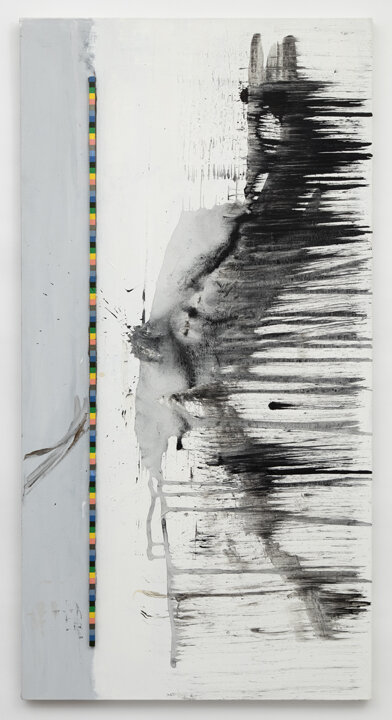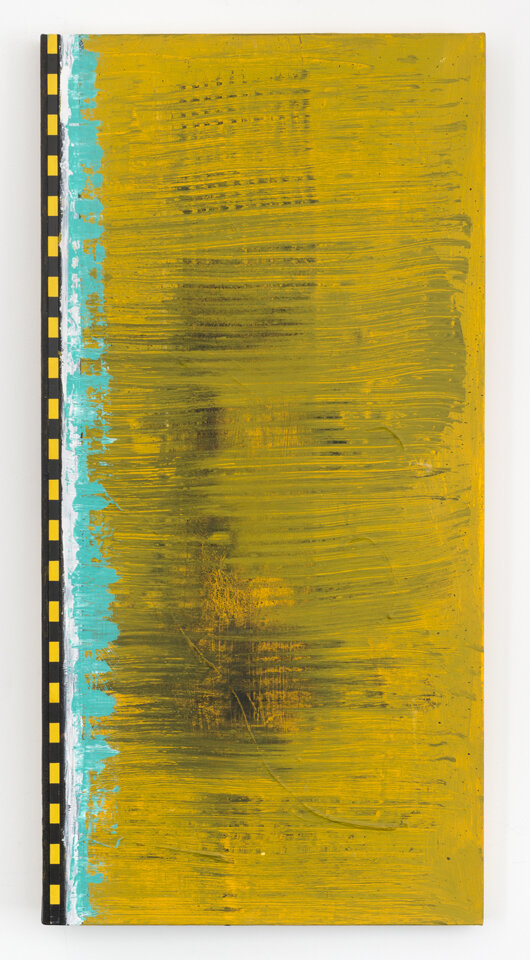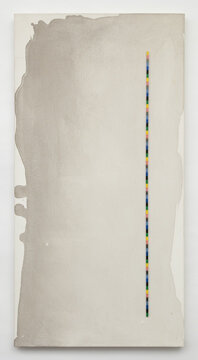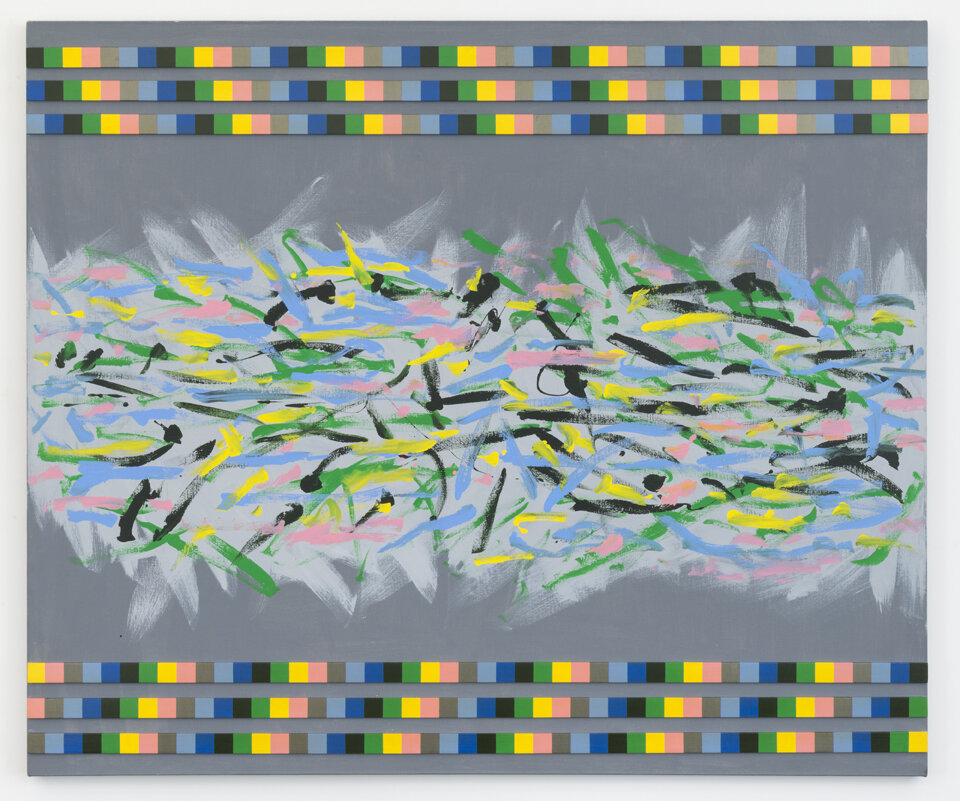
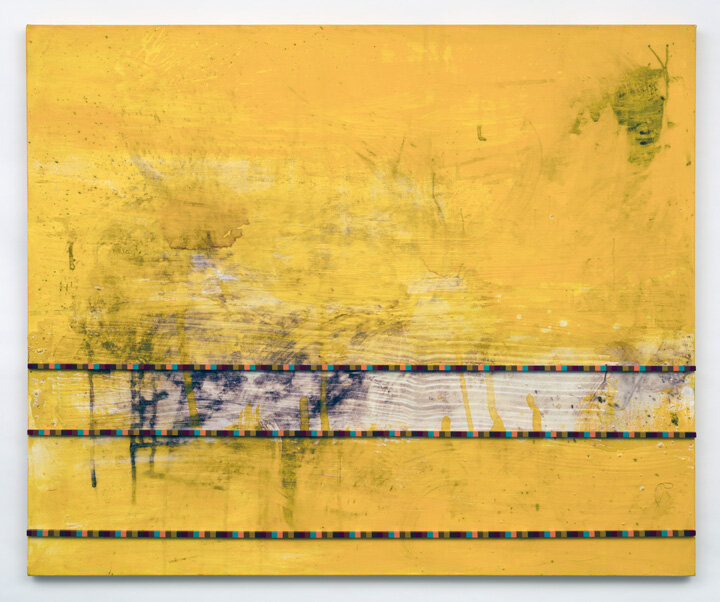
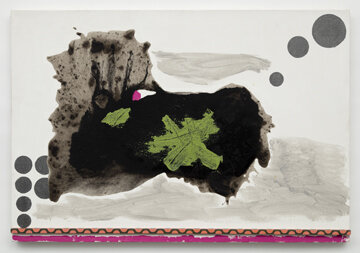
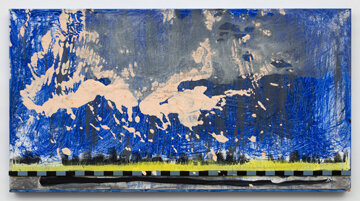
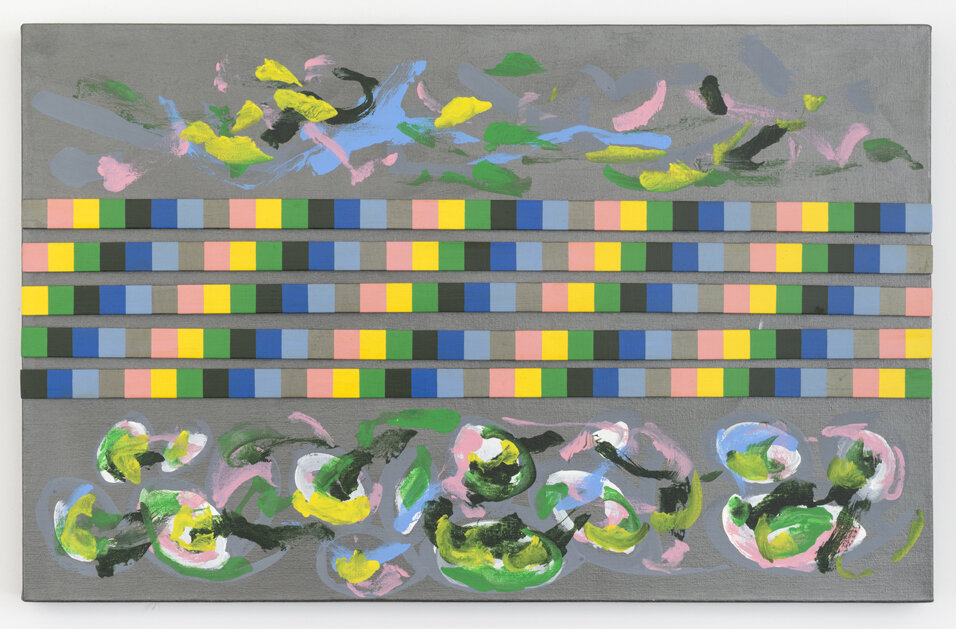
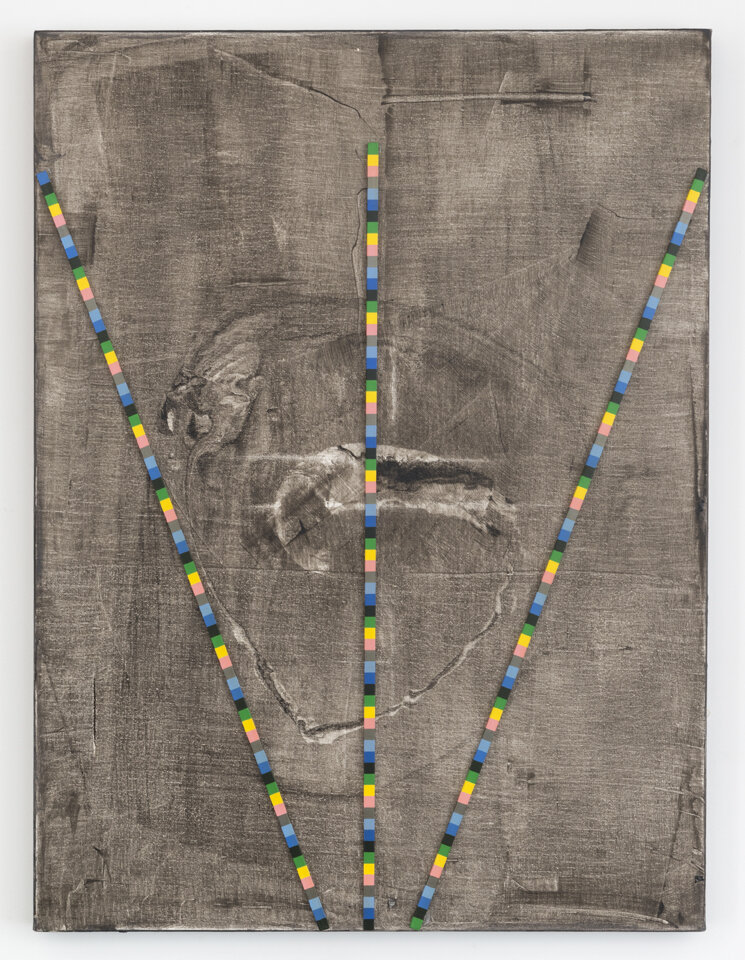
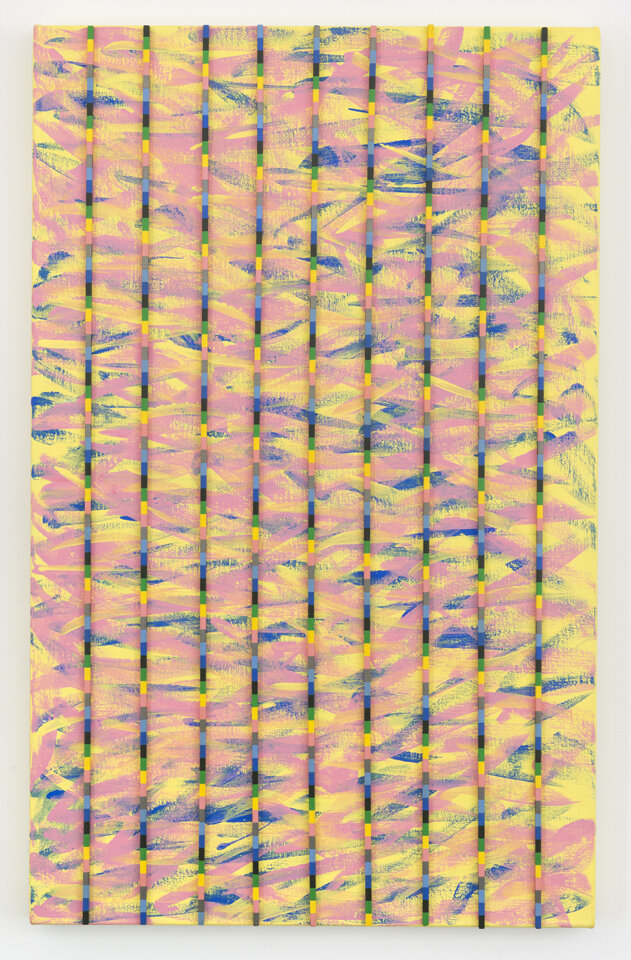
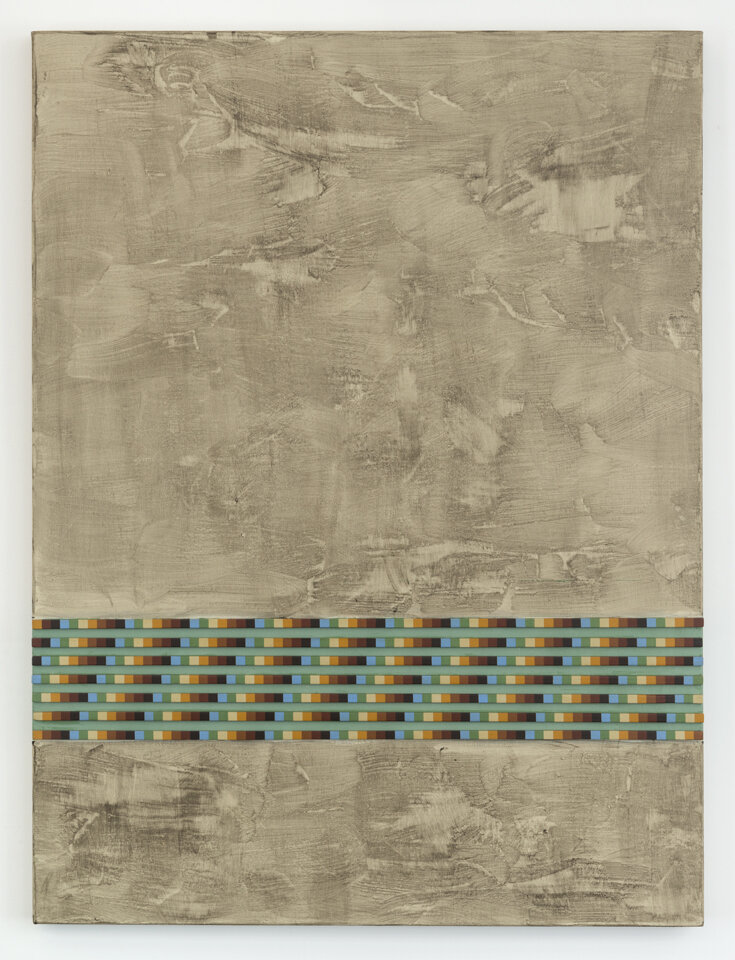
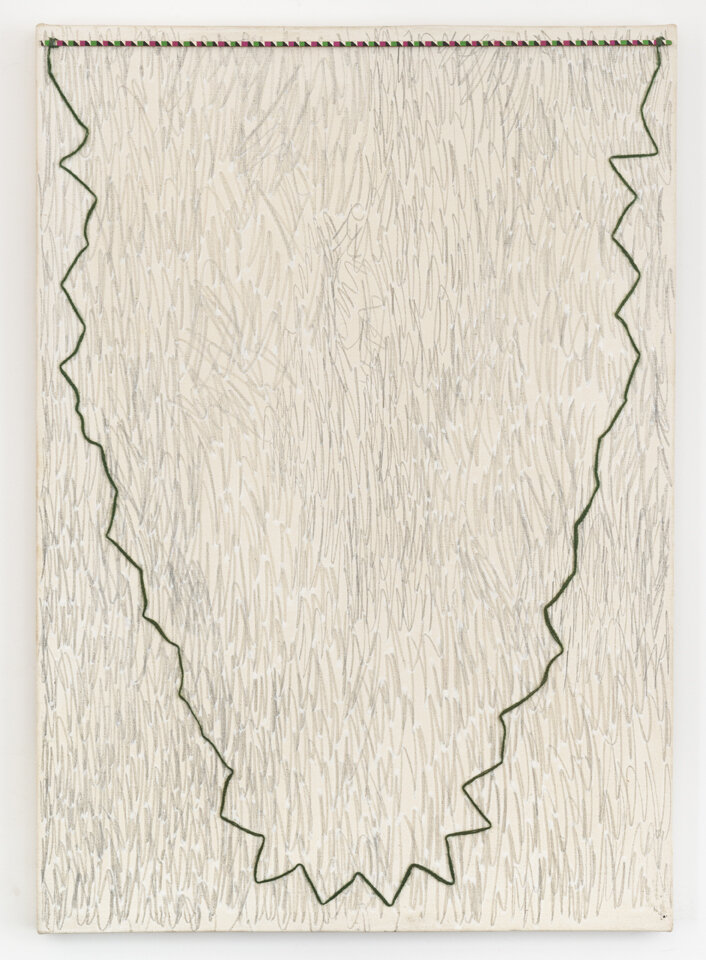
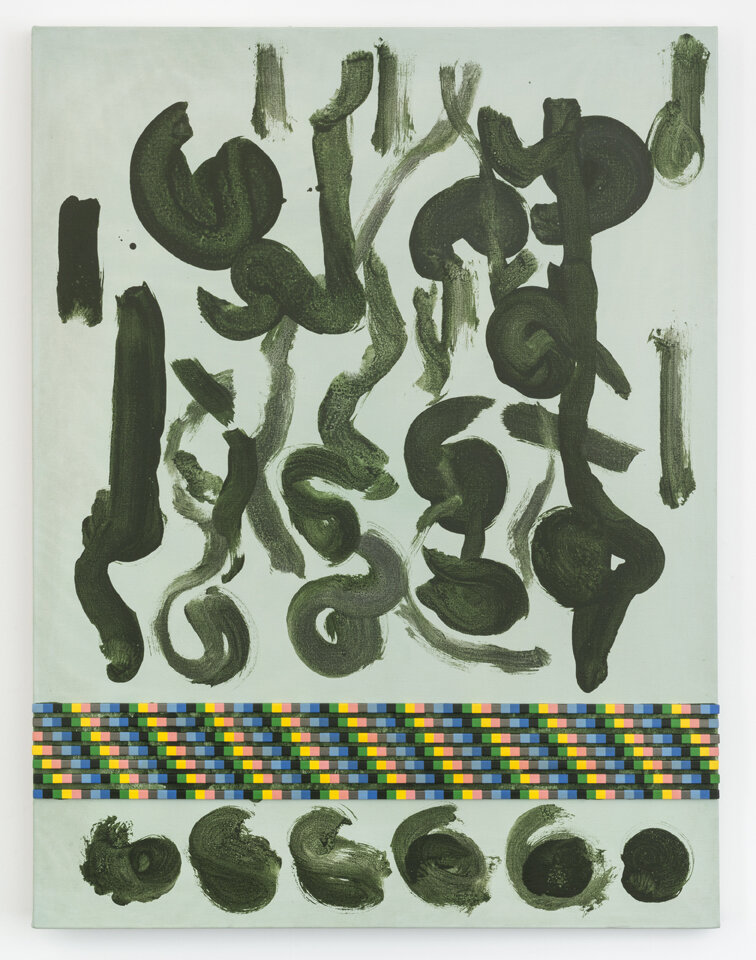
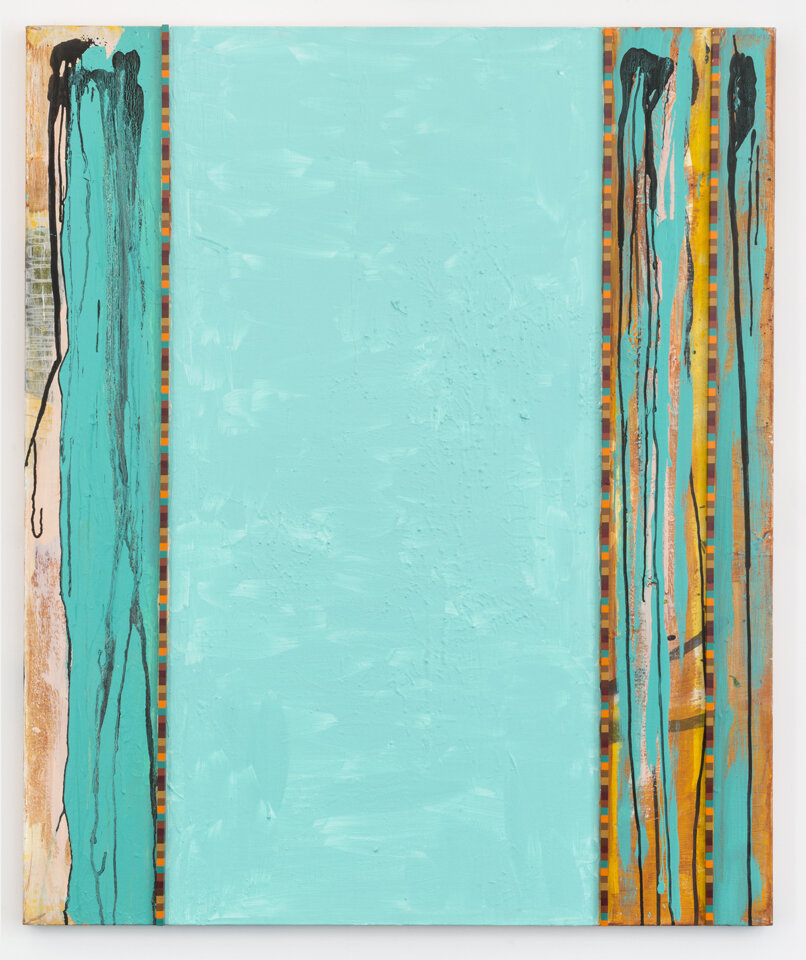
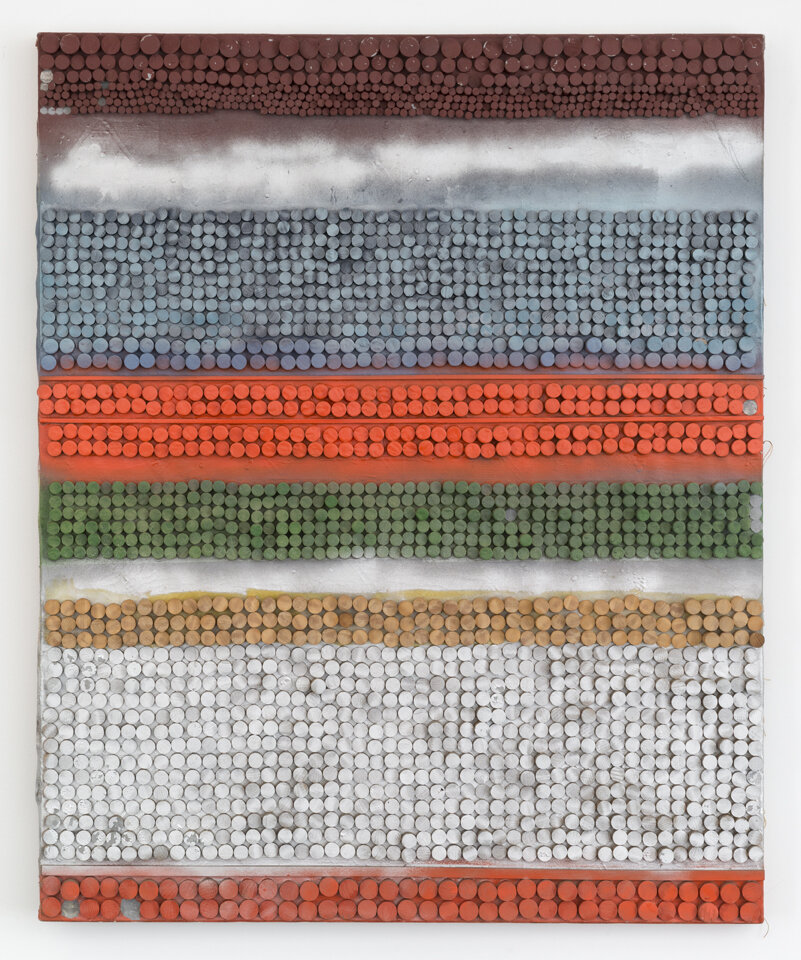
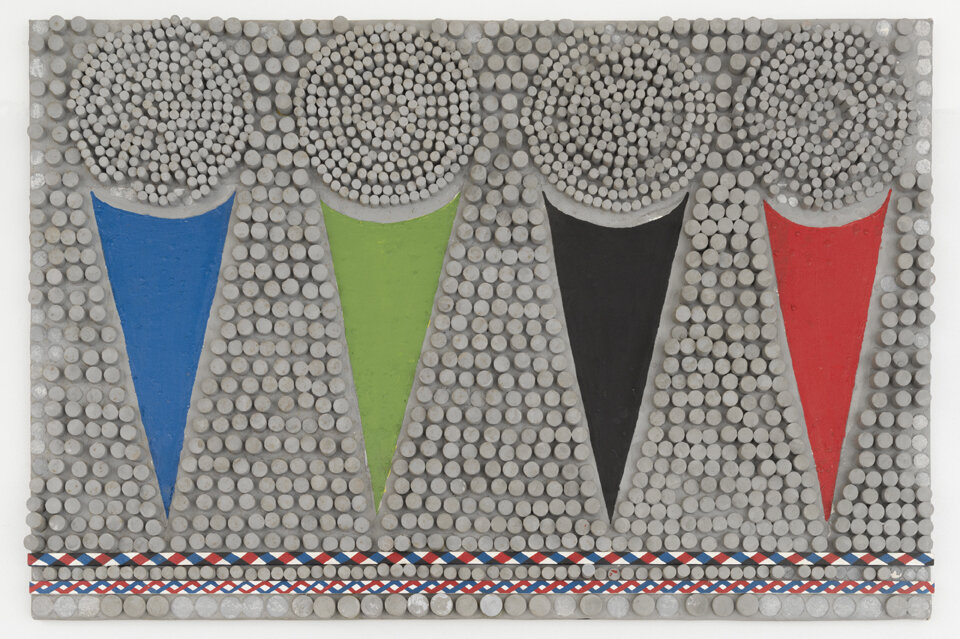
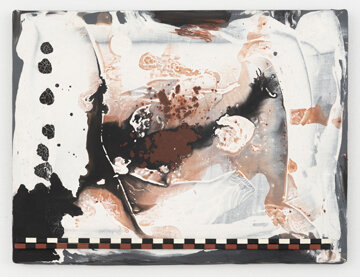
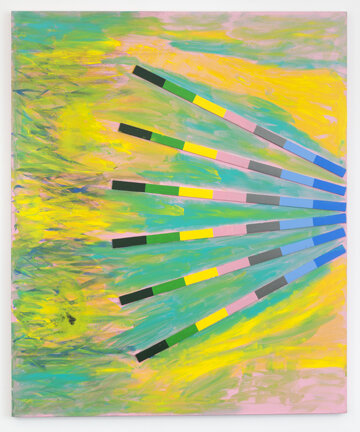
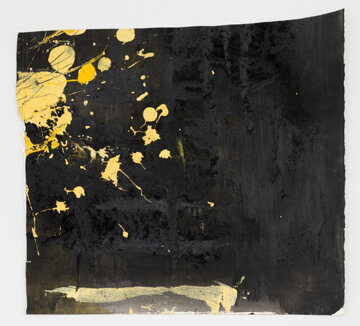
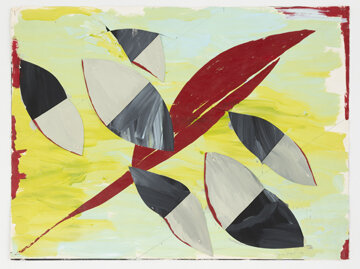
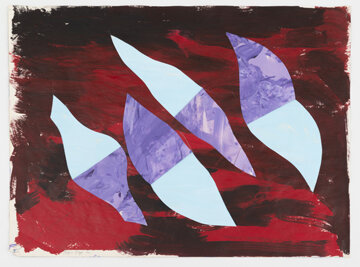
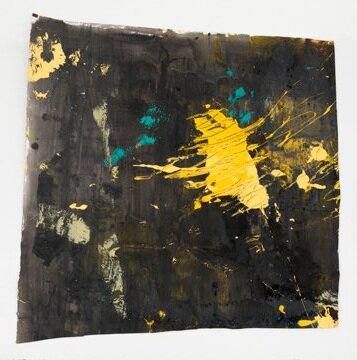
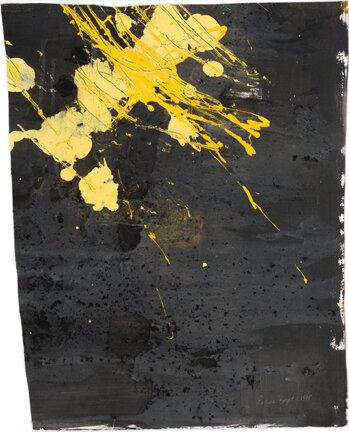
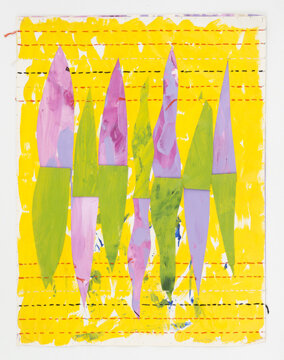
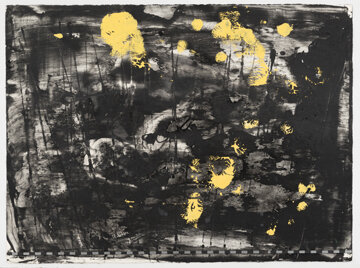

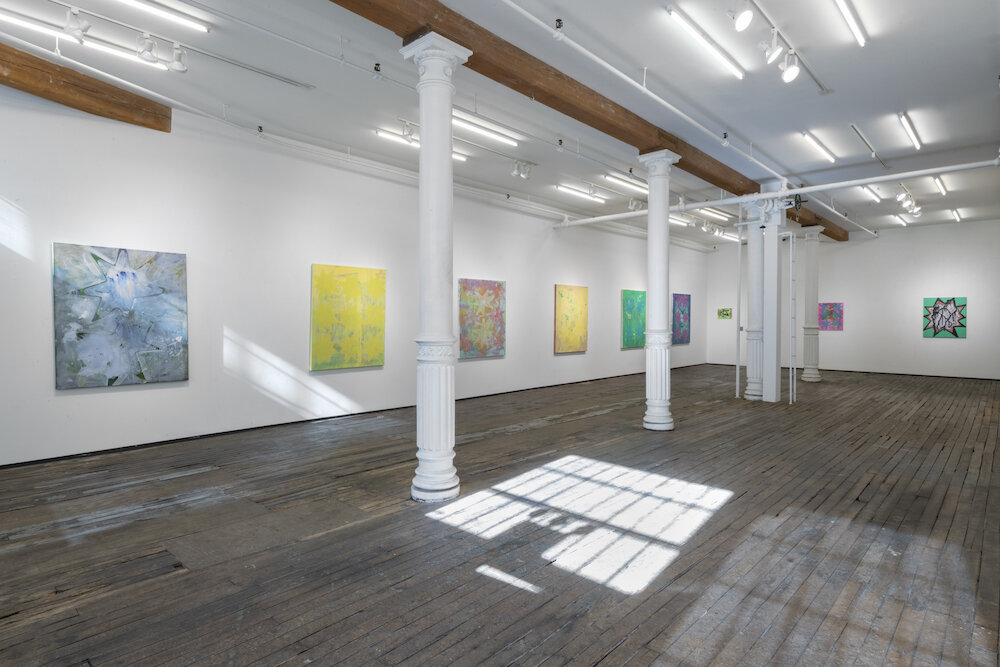

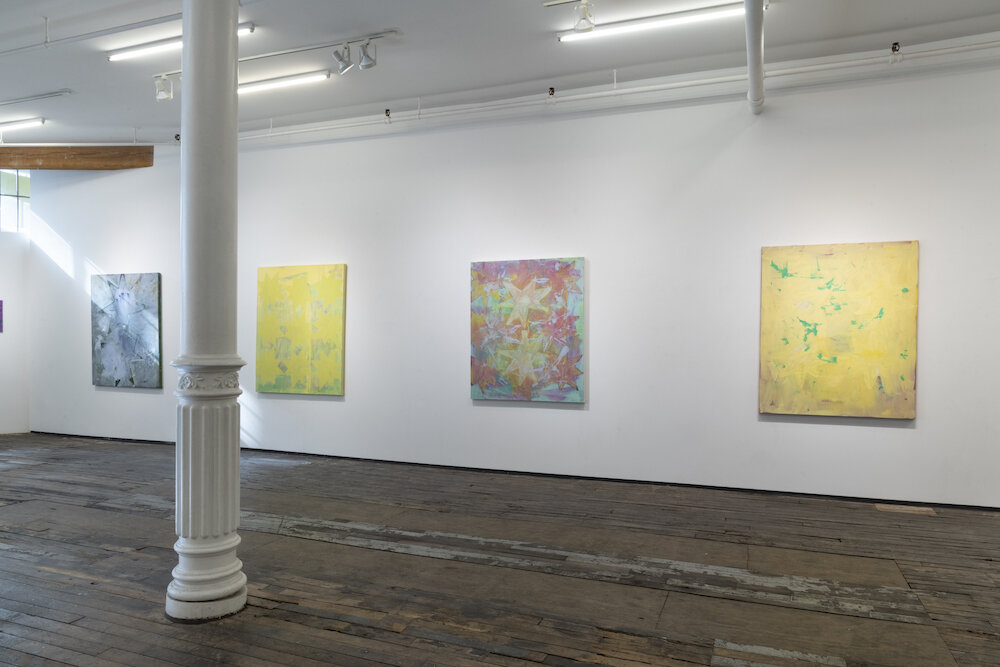
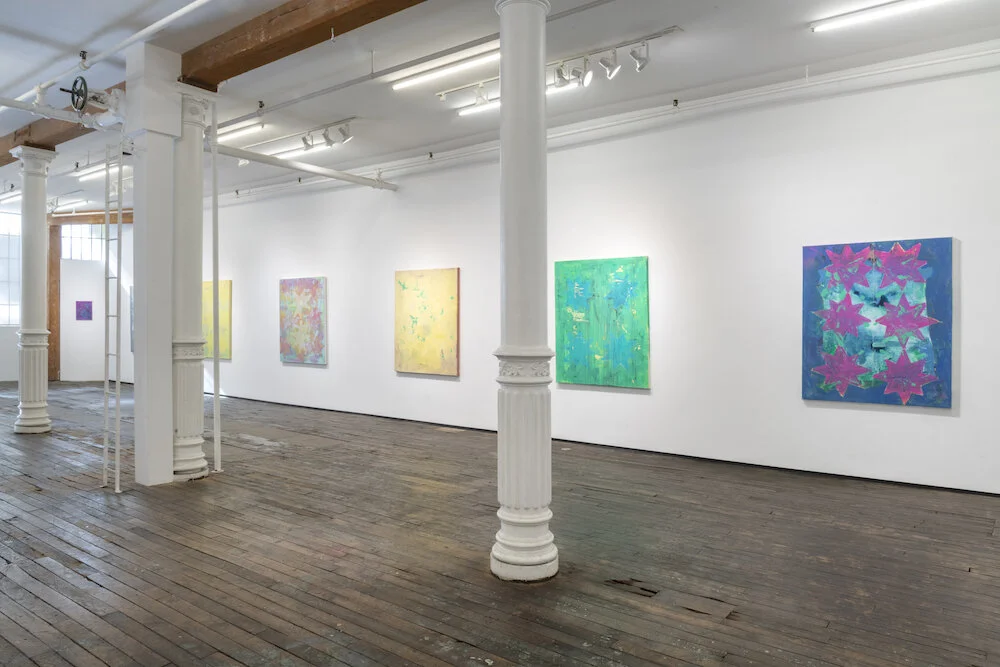
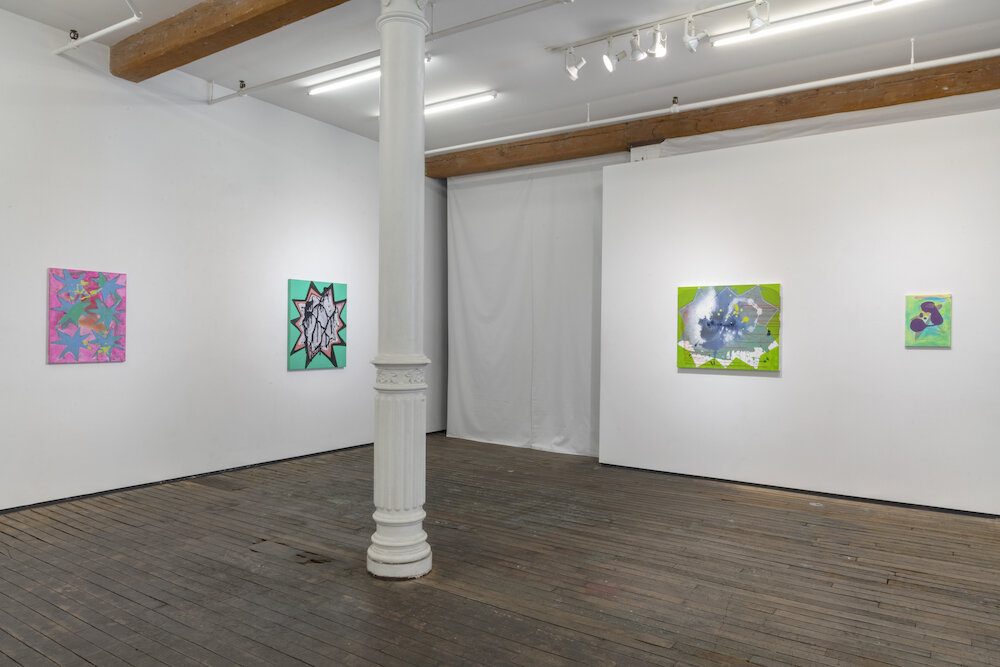
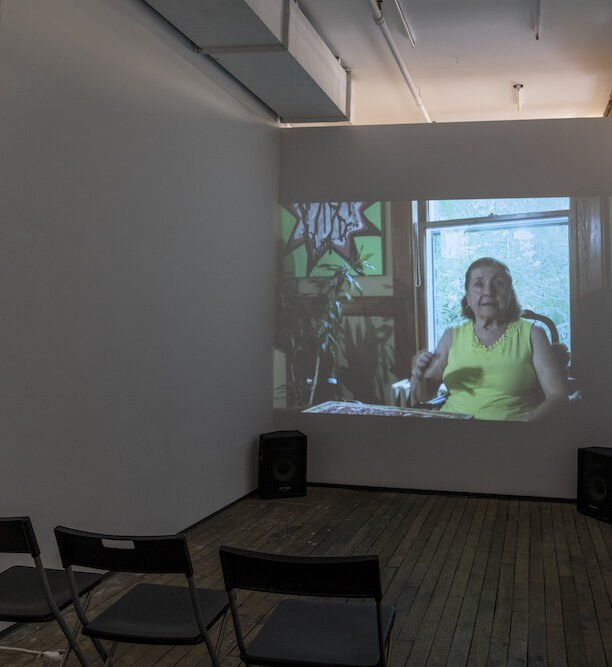
NEW YORK
Regina Bogat
Bogat in the 90s: The Decade of Deconstruction
January 23 – March 2, 2018
PRESS:
"Maximizing Minimalism", review by John Haber, Haberarts.com
"In Transition: Regina Bogat in the 90s", Anna Bogat Jensen, Two Coats of Paint
Opening reception: Tuesday, January 23, 6:00 to 8:00 pm
Zürcher Gallery, NY is pleased to continue re-discovering the work of Regina Bogat (born 1928, Brooklyn, NY). Bogat’s first solo show at Zürcher Gallery, The New York Years 1960-1970, was held in the autumn of 2013. The second solo show held in 2014 at Zürcher Gallery, NY and focused on Works from 1967-1977. The third exhibit continued the retrospective, in 2015 at Zürcher Gallery, NY focusing on paintings, paper works, sculptures and objects from 1971 through 1987. The current exhibition marks Bogat’s fourth solo show at Zürcher Gallery, NY and focuses on her paintings from the 1990s.
Anna Bogat Jensen quotes in her essay for the exhibition: ‘‘in the 1990s, Regina Bogat found a new way of working. In a dramatic shift, she turned from the hard-edge geometric abstraction that dominated her oeuvre since the 1960s and gradually shed the unconventional materials, namely cords and wooden sticks, that graced her canvases of prior decades. Instead, the brushstrokes characteristic of her early Abstract Expressionist period took on renewed vigor and importance. The sticks that she previously placed horizontally at intervals were now fanned out or applied vertically before being abandoned, all together, as in Untitled 12 (1998). Gray, painterly washes were used as backgrounds. Thread and wool were taken up again, but in entirely new ways, as in Cy (1993) and the Homage to Max Ernst collages (1991). In a notable experiment, the artist laid one freshly painted canvas face down upon another and then rubbed the back of the top canvas. Scraping, pouring, applying dry pigment and layering were among the techniques Bogat employed in the 1990s, creating works with great depth and texture.’’
From the moment a Federal Art Project (WPA) teacher told Bogat’s parents their young daughter had talent, she has focused on being an artist. Bogat spent the summers and weekends of her childhood at the Art Students League. Self-motivated and independent, she also drew and painted at the Metropolitan Museum of Art copying Rembrandt and Velasquez. She studied with Burgoyne Diller – a protégé of Hans Hofmann – at Brooklyn College, under Bauhaus influence, and monitored Will Barnet’s painting class. Bogat was influenced early on by “Aesthetic Realism”, founded by the poet and philosopher Eli Siegel (1902 – 1978) based on the « theory of permanent opposites ». More than a philosophy it was a real cult of which her first husband, the photographer Louis Dienes, was a follower. When he didn’t want to leave the group, she divorced him.
She set up her studio in Chelsea and, in 1959, at 222 Bowery. She mingled with other artists frequenting the 10th Street galleries, the Artists Club and the Cedar Bar, becoming close with many leaders of the New York School: Ad Reinhardt, Eva Hesse, Donald Judd, Sam Francis and Mark Rothko who had his studio 222 Bowery across the hall from hers, and his friend Alfred Jensen, whom she married in 1963.
Regina Bogat shared Eva Hesse’s inventiveness in utilizing unconventional materials in her paintings and objects, working with wooden strips, dowels, and other versatile materials like Sculp-metal. She took the step of “materializing” separations between colored planes, placing them in relief on segments of wood glued to canvas. In the late 1960s, she became more interested in pushing these separations toward bending space on the visual plane. She exercised constant pressure through repeating colored sections (a minimalist trait), and through the breaking points of lines. She achieved a similar effect in other pieces by limiting the use of color only to the strips of wood glued to canvas.
A new stage was reached when Bogat introduced nylon rope to her extensive list of materials as well as cord and enamel on canvas. Untitled 1971 was shown in the seminal exhibit Women choose Women curated by Lucy Lippard, which took place in 1973 at the New York Cultural Center. She continued to study line through her use of these new materials, and found the “rigid” and “hard-edged” qualities of her wooden strips replaced by the “fluid” and “flexible” traits of the rope and thread. Furthermore, by pushing these fabric lines through the works’ surface, rather than gluing them onto the works’ surface, Bogat began to confront the notions of inside vs. outside. In this way, her Threaded Pieces are reminiscent of Hesse’s Ennead (1966), with the major difference being Bogat’s trademark use of bright multicolor. However, what truly ties these works together is the reference to a kind of “feminine work”– the weaving, the sewing – as well as strong sexual connotations; in works like the Cord Paintings 14 & 15 (1977), these traits take on a monumental scale.
Bogat has exhibited across the United States and in Europe and her work is included in prominent collections. In 2014 the Blanton Museum (Austin, Texas) acquired a major work Cord Painting 14, 1977. In 2015, Regina Bogat was shown by Zürcher Gallery in a solo show at Frieze New York (Spotlight Section curated by Adriano Pedrosa). Zürcher Gallery was one of the 5 shortlisted galleries, highly commended for its presentation of Regina’s work, for the Pommery Stand Prize at Frieze NY. In the summer 2015, Regina Bogat was invited by Sarah Cain to be part of her solo exhibition, “SARAH CAIN Blue in your Body, Red when it hits the Air”, at the Museum of Contemporary Art, San Diego, CA.
Early 2017, Karen Wright invited Regina Bogat to participate in Entangled: Threads & Making at the Turner Contemporary, Margate, UK. In September 2017, Kelly Baum curator of contemporary art, The Metropolitan Museum of Art, New York curated a brilliant show, Delirious: Art at the Limits of Reason, 1950 – 1980 at the Met Breuer (September 12, 2017 – January 14, 2018) and included Cord Painting 15, 1977, a work just acquired by The Metropolitan Museum.

